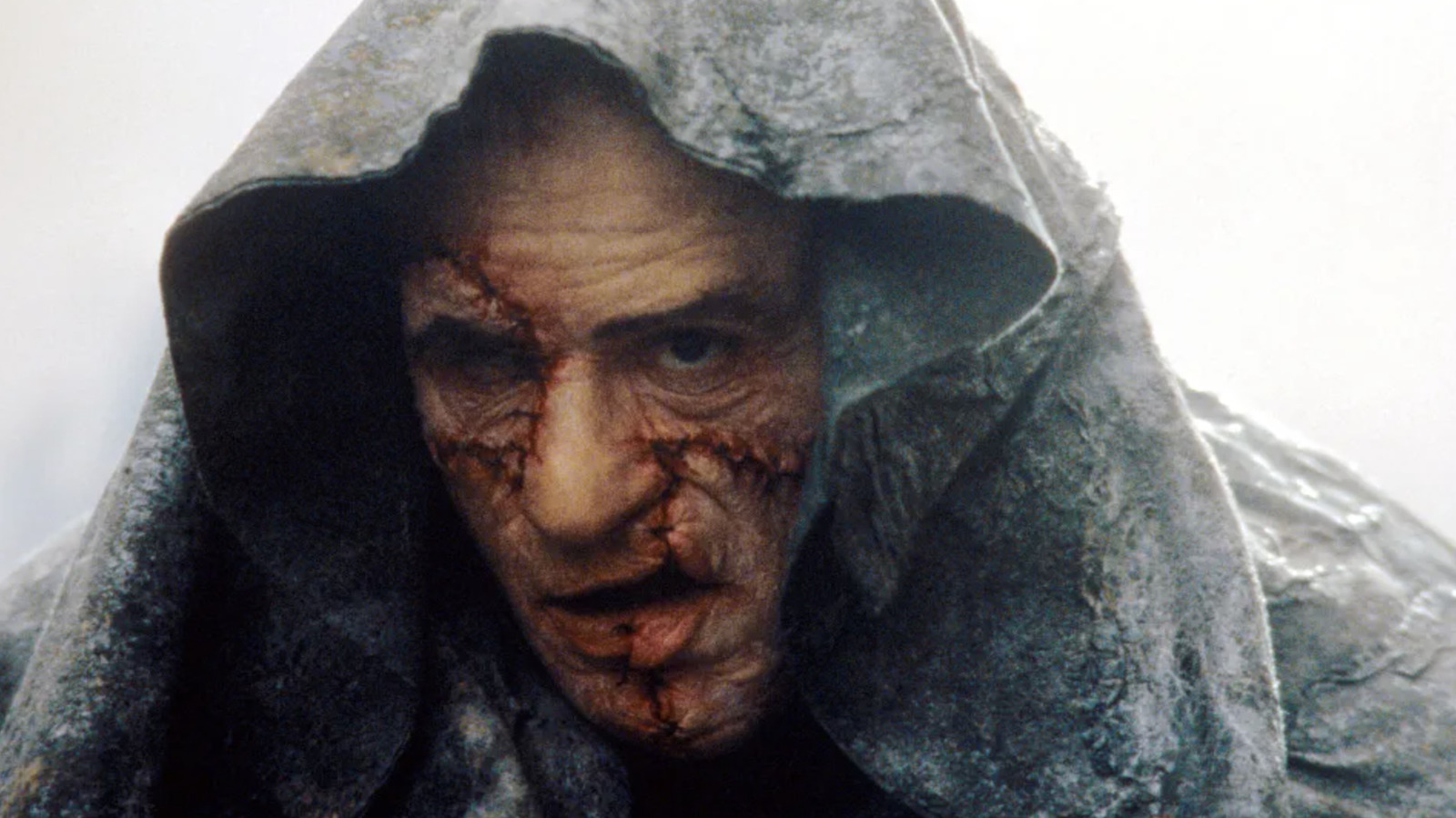Frankenstein’s Most Accurate Adaptation Has A Huge Difference From The Sci-Fi Novel

You can feel Branagh trying to reject James Whale’s visuals when making “Frankenstein”. The creature is always animated by electricity, as in Whale’s film, but not by a simple shot of lightning. On the contrary, Victor builds a metal coffin structure, fills it with water and electricity (including eels) flows into this pot.
https://www.youtube.com/watch?v=5revoF_ihn8
The machine rather resembles an artificial giant uterus (amniotic fluid included), reflecting the themes of childbirth in “Frankenstein”. De Niro’s creature does not have green skin Boris Karloff, square head or neck bolts, but rather a distorted face covered with points and scars.
But there is another part of the whale heritage – “Frankenstein” that Branagh makes his: it is Frankenstein’s bride (played for the first time by Elsa Lanchester). In Shelley’s novel, The Lonely Creature tries to make Victor sing to make a companion for him. As a creator, Victor owes him this, and if he receives his companion, he will never seek Frankenstein again. Winner almost pass it, but the fear of this two The monsters could be destroying the bride he built before giving her life. This is why the enraged monster murdered Elizabeth on her and the wedding night of Victor.
This secondary intrigue was excluded from Whale’s original “Frankenstein”, but she became the backbone of her 1935 “Bride of Frankenstein”. Frankenstein’s mentor, Dr. Septimus Pretorius (Ernest Thesiger), joins the monster and forces the doctor (Colin Clive) to make the monster a bride. But once the bride wakes up, she finds it as ugly as everyone and rejects it.
“Mary Shelley’s Frankenstein” offers a brand new interpretation of the bride. After the murder of Elizabeth, Victor takes his remains, brings them together in a new body and puts it through the resuscitation process, saying that he and this resuscitated Elizabeth can always be together. The creature then tries to take Elizabeth as the bride that her creator promised her. Elizabeth rejects them both and burns the family house of Frankenstein to the ground to destroy himself (a bit like the end of Whale’s “bride”).
This sequence, nowhere in Shelley’s book, always leaves the story with the same final result. Victor’s lover is dead and he continues the creature in the Arctic. But that makes Victor an even more selfish character. Destroying her the bride in the novel, although he has more terrible consequences, it is about him not Repeat your error. Branagh’s winner Again Drinks with life and does not consider what Elizabeth would only want her to come back.
The Elizabeth of the Living Dead is the most innovative part of “Frankenstein by Mary Shelley”, and a fairly intelligent way to link the sons of the history existing in something new. I am separated, however, if the whole story benefits from Victor to relearn the same lesson – we will see what Mr. Del Toro also has in reserve for the tragic and arrogant doctor.












Post Comment